
In Search of Sacred Sound: My Odyssey into the Study of the Sami Yoik
As spring goes by, I am preparing an expedition to the Kola Sami, supported by the SKS, which expressed a keen interest in my project. This feels very symbolic, given the fact that over one hundred years ago Armas Launis, one of the first Finnish yoik collectors, set off on a trip to Lapland (1904) with a scholarship from the SKS. My current topic is the study of sacred sound in the Sami cultural tradition approached through their sacred singing (yoiking), soundscapes and acoustics of ritual sites. This in an attempt to explore the Sami yoik in the context of landscape acoustics, and the preliminary research has shown thrilling results. The upcoming expedition is planned for next fall to launch a series of studies in collaboration with the archaeoacoustic project of the University of Helsinki led by the Academy of Finland Research Fellow Riitta Rainio.
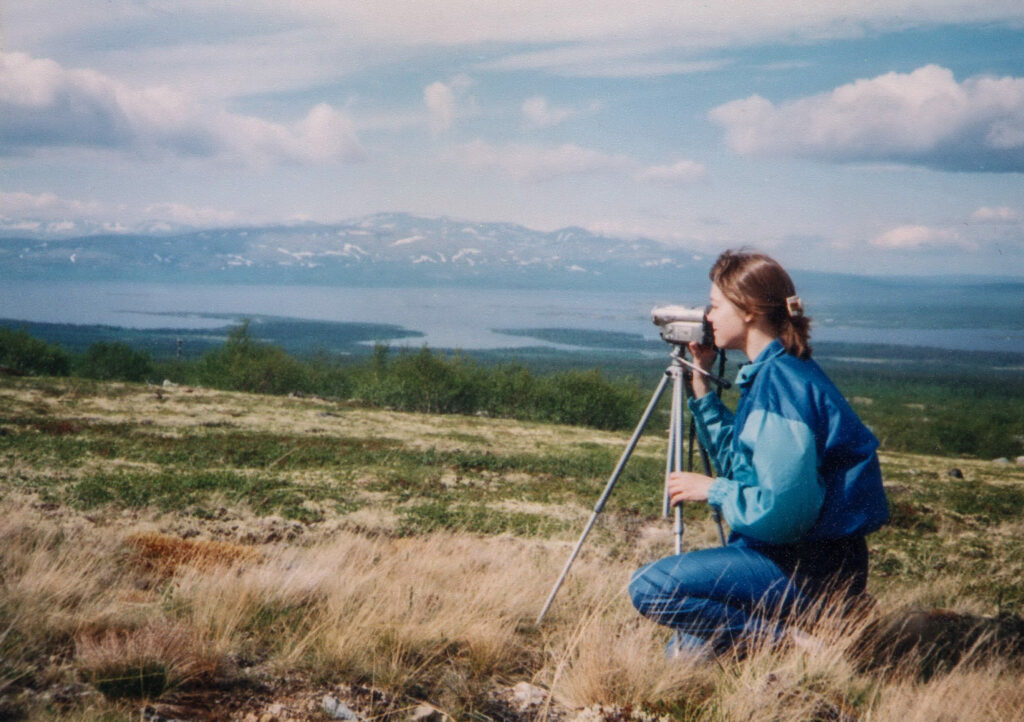
Yoik, Arctic Nature, and Russian Lapland
My journey into the topic was anything but a linear trajectory, beginning from my master’s thesis at the Petrozavodsk State Conservatory. My work was centred on Lapponia by Erik Bergman, a contemporary music piece inspired by the Sami tradition, yoiking, and the Arctic nature. Triggered to learn about the Sami, I studied yoik and its melodic design in relation to the Sami ornamental art and representations of natural environment. This subject brought me in close contact with Georgy Kert, a leading specialist on the Sami culture and language from the Karelian Research Centre of the Russian Academy of Sciences (KarRC RAS). He became my adviser, and being very enthusiastic about my studies opened an unlimited access to his unique collection of materials on the Sami.
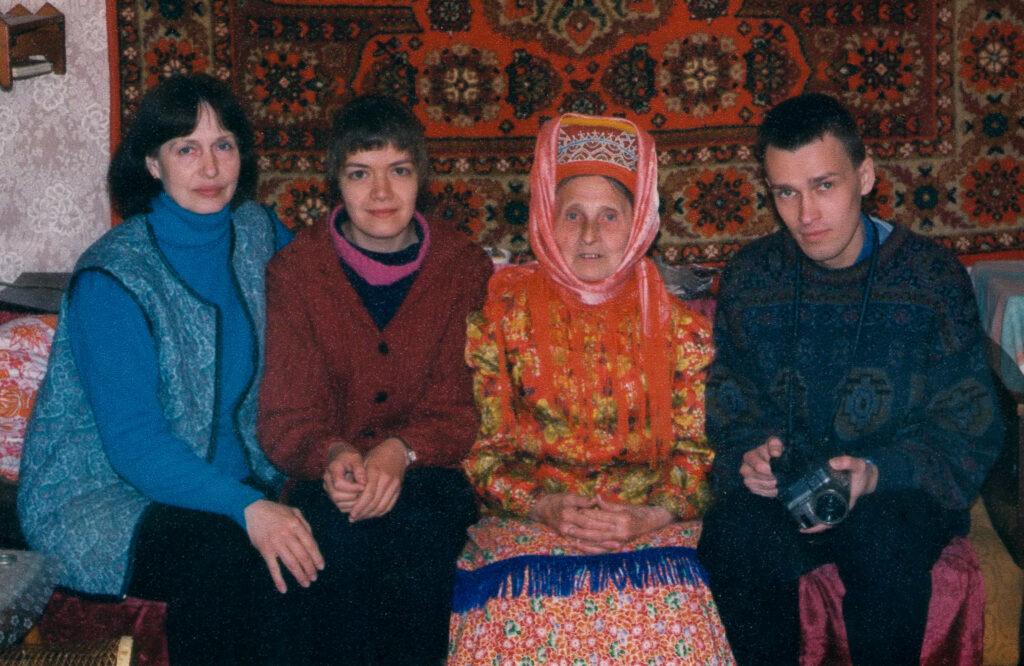
Following the study of yoik, I was included into the fieldwork team of the Karelian Research Centre, with the task to make sound and video recordings of the Kola Sami in Revda and Lovozero. In the summer of 2000 we went on a trip as a team of four: two philologists, an ethnomusicologist, and a cameraman. Georgy Kert, in his seventies, could not join the trip himself but stayed with us in spirit. Having travelled regularly to the Kola Peninsula for decades, he was considered a great friend of the Sami people. His name would open every door, and our group was warmly received by the local contacts. We could collect many recordings (now a part of the Sami archives of the RAS), representing best yoikers, with Maria Zakharova among them. And sadly, it was the last time when the Karelian Research Centre interviewed the Kola Sami, as for financial reasons, as for the lack of the Sami specialists in the next years.
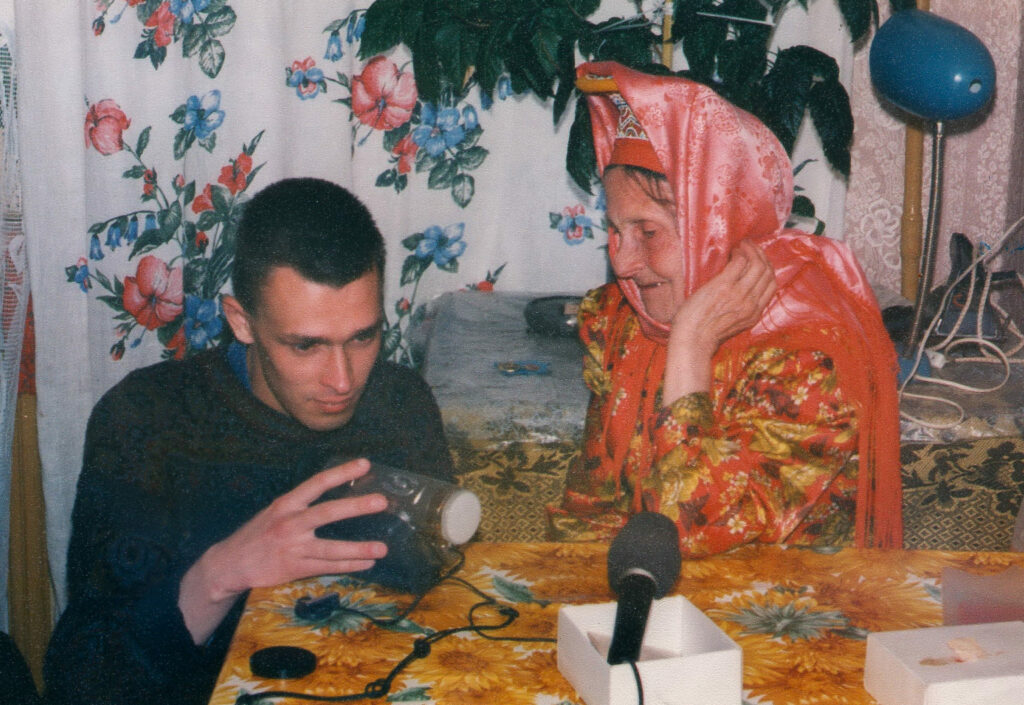
In the Beginning There Was Sound… Concealed Sound
Stepping aside from the subject of yoik, years later I was writing my doctoral thesis with Professor Eero Tarasti at the University of Helsinki, once againdedicated to Erik Bergman’s music. Curiously, Bergman’s studies provoked a comeback to the Sami yoik. This happened because many of his avant-garde compositions were musical mixtures relating to sound worlds of archaic traditions. It turned my focus to non-European cultures and their sound concepts, considered from anthropological and phenomenological perspectives. At that moment concealed sound caught my attention — a sophisticated concept stating that sound exists in its unstruck or unmanifested condition. This interpretation of sound, which is unborn and unheard, underlies understanding that sound has sacred origin, on the one hand, and understanding that sound is an essence of all matter, on the other hand.
The elaborate ontological concept of sound, used as a spiritual ritual tool, can be found in the religious mysticism of written tradition, for instance, Sufism, Hinduism, Indian or Tibetan Buddhism, and Zen, to name a few. However, in my view, the set of ideas about concealed sound — the use of sound to fine-tune to the universe or to release the hidden essence — could be much older. This is to say that we could possibly trace it back to ancient mythological systems of knowledge and magical thinking in shamanism. On this path yoik, the most archaic singing form of Europe, could step in as a missing link between shamanistic mysticism and historical religious mysticism. Its unique vocal technique and singing style seem to hold an intermediate position.
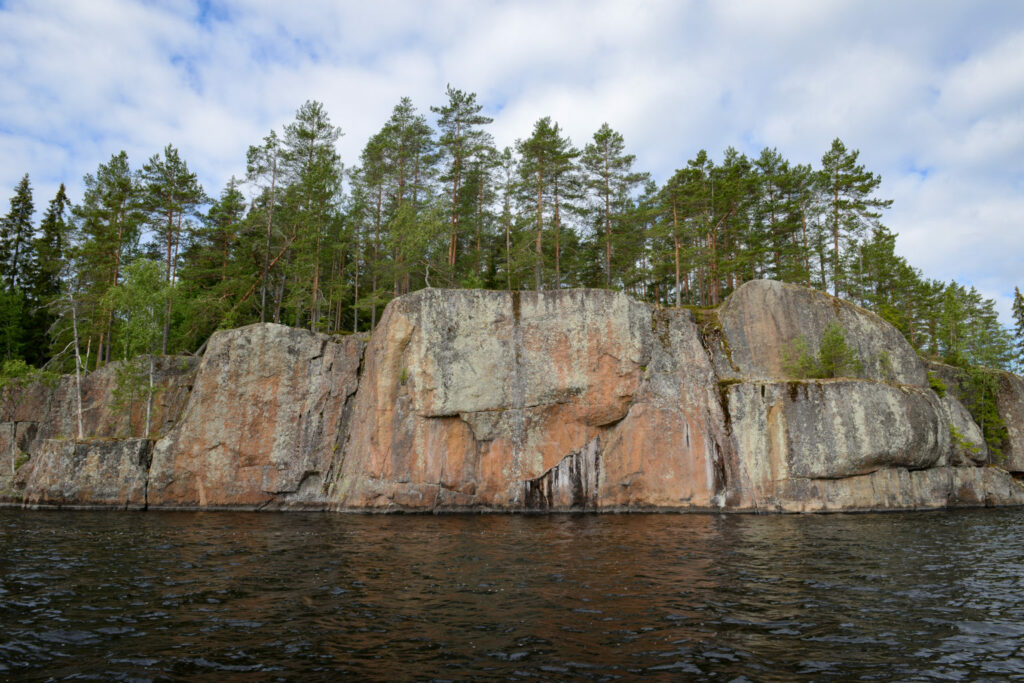
Listening to the Rocks: What Landscapes Could Tell Us about Sound Culture?
My latest experience with the archaeoacoustic team of the University of Helsinki has given me new insights into the idea of concealed sound. Last year I joined the team and assisted Dr. Riitta Rainio in her fieldwork in South-Eastern Finland and the Middle Urals. Having a most exciting travel through the Neolithic rock art sites situated by lakes and rivers, we carried out acoustic measurements and voice sound tests — the work we hope to continue this summer. Archaeoacoustics is a young ground-breaking field that allows us to change understanding of human relationship with sound in prehistoric time. It is based on the discovery that natural surroundings of ritual sites often have remarkable acoustic properties. Rock art sites were echoing places, and their landscapes, which included steep cliffs and rock walls, offered reflecting surfaces and resonating spaces. Thus, performed sound resulted in magic effect, or responding “voices”. And this suggests that acoustics was naturally integrated into the ritual space and that it was possibly a prerequisite for the ritual use of a site.
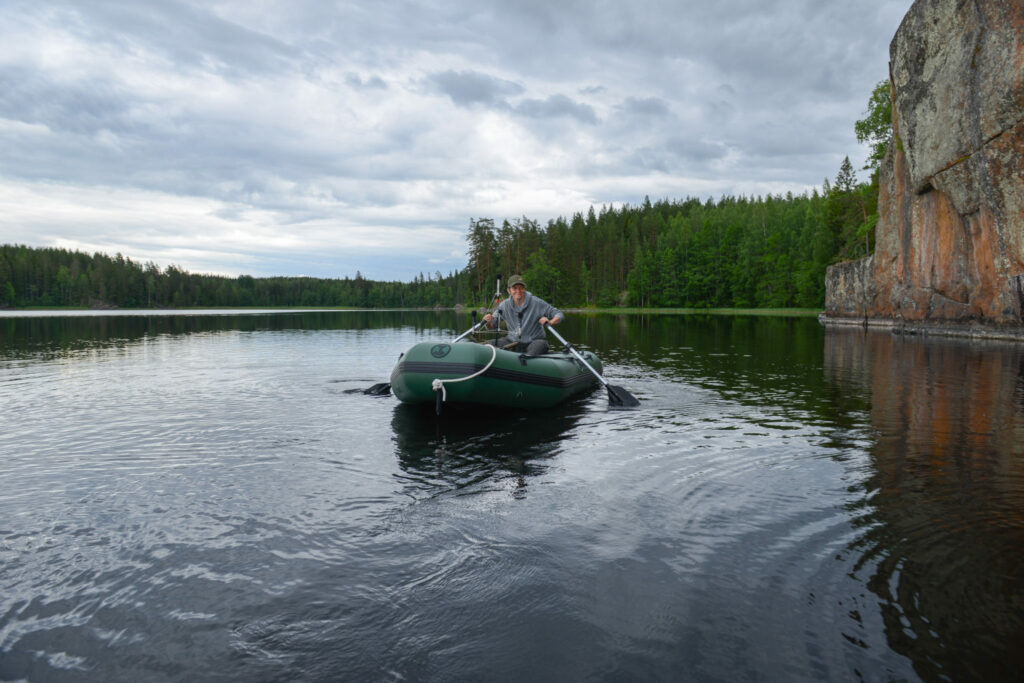
In the new project we are going to combine ethnographic research methods with archaeoacoustic measurements taken at the Sami sacred rocks, in situ study of their soundscapes, spectrum analysis performed at our Music Research Laboratory, and cognitive approach (employing VR modelling). Upon uniting multidisciplinary forces, we can reach new understanding of the specific Arctic shamanistic tradition and the role of sound in rituals. Our far-fetching goal is to figure out how landscapes and soundscapes framed a ritual theatre, how sound was employed as an acoustic tool at the ritual sites, and how rituals were designed under the impact of local soundscapes. According to our hypothesis, the Sami shamans inherited traditions of the Neolithic echoing sites, and yoiking was meant to evoke the sound of the place, the invisible world.
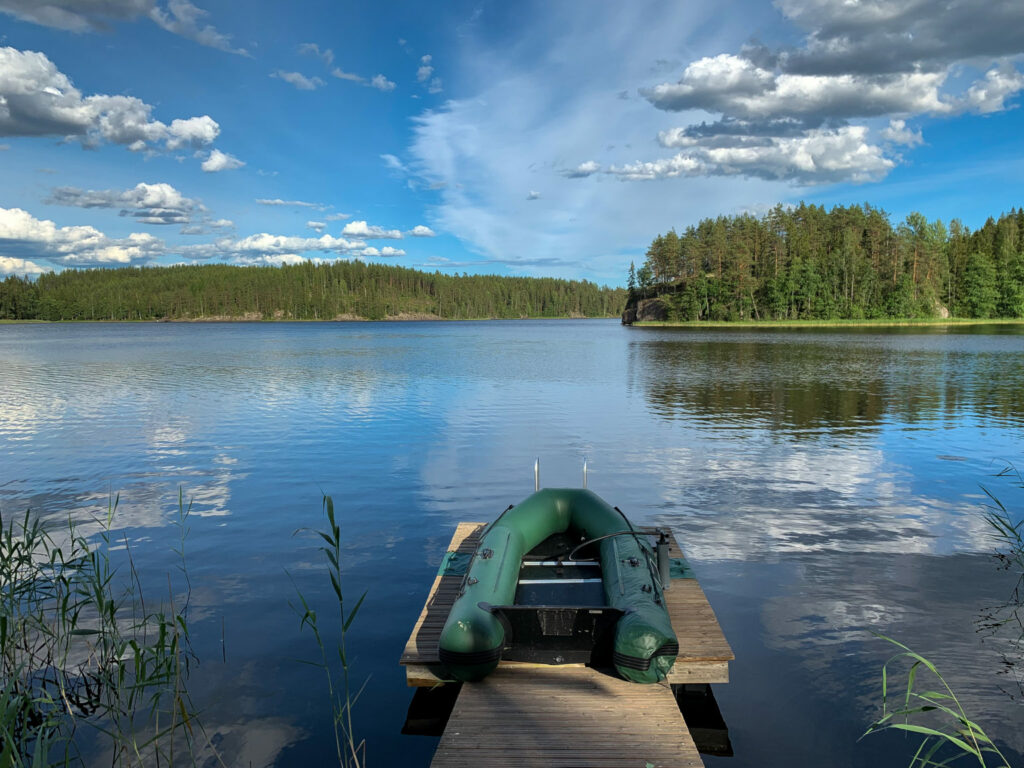
As regards the upcoming Kola expedition, my target is to capture the remnant of an elusive tradition that was once exuberant and flourishing in the area, as documented by early ethnographers. As we know, the Kola Peninsula served as an important source of information on the Sami beliefs related to sacred rocks, mythological beings, and ritual sites. In archival collections we have been able to spot some excerpts from ritual yoiks, recorded by the first yoik collectors in the beginning of the twentieth century. But it was long ago. Later, the topic of sound rituals was abandoned and ignored by the Soviet researchers as an unwanted religious subject. Aiming at the interviews with the present day Sami, I am looking for the traces of those beliefs and hope to update our knowledge about this subject.



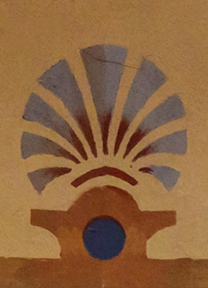

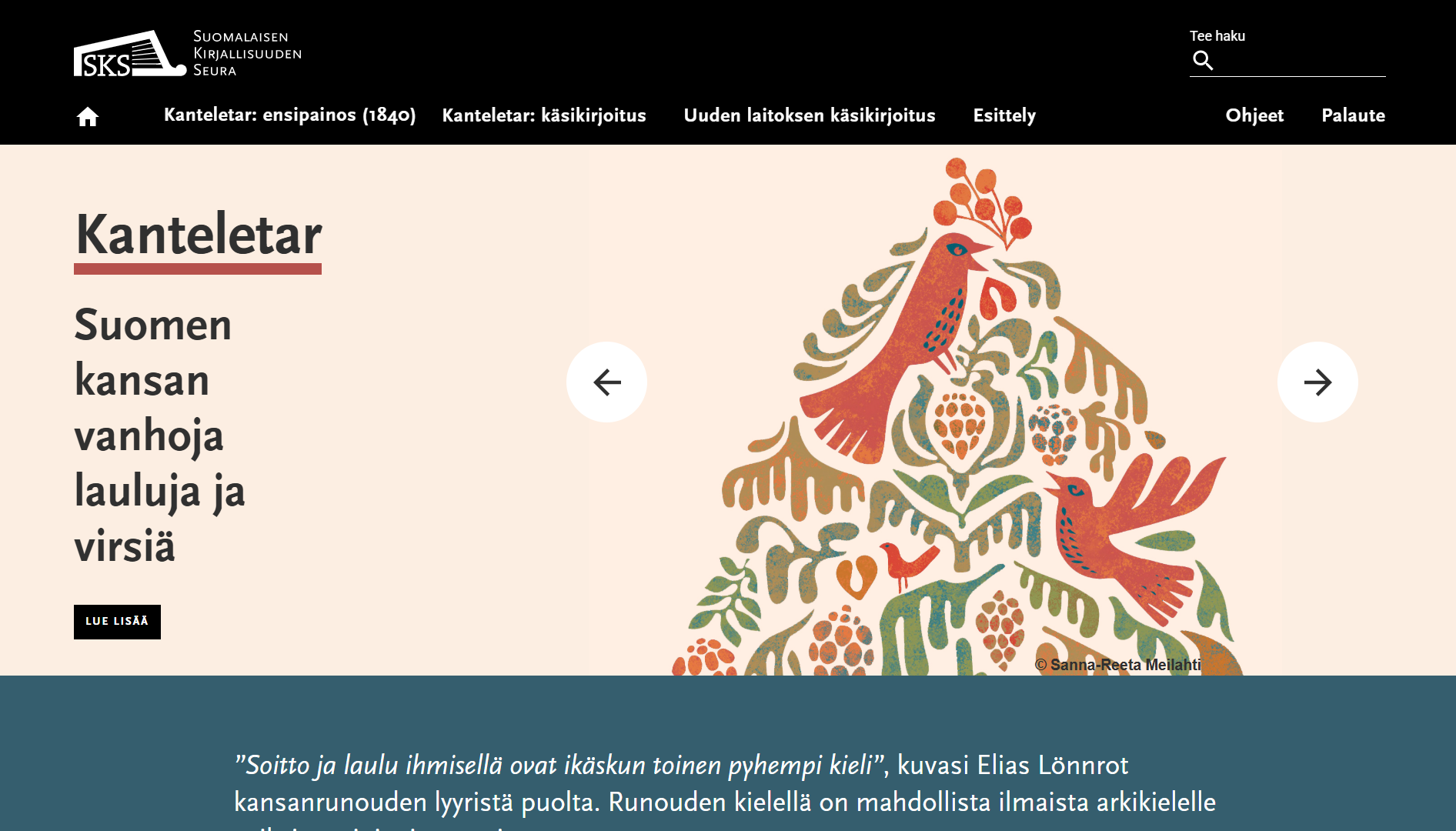
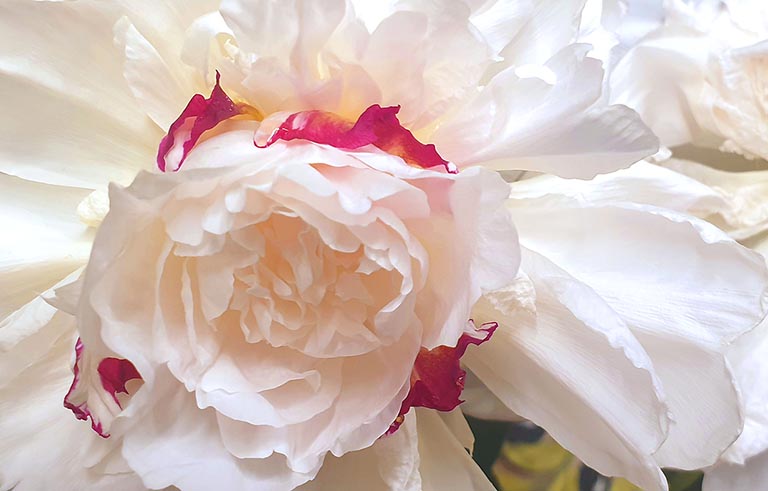
Postauksesssa ei vielä ole kommentteja. Ole ensimmäinen kommentoija!